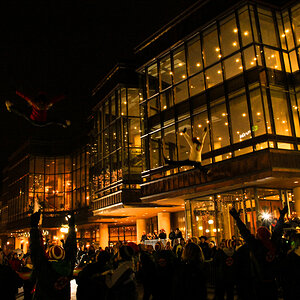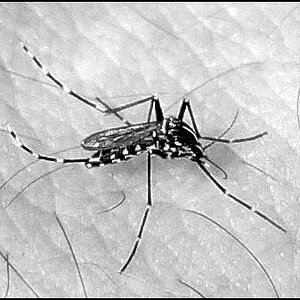Connahhh
TPF Noob!
- Joined
- May 25, 2008
- Messages
- 8
- Reaction score
- 0
- Can others edit my Photos
- Photos OK to edit
I recently got the urge to start to develop my own black and white 35mm and (when I make the plunge for the Bronica Sq-a) 120. Currently, my shopping cart at Adorama looks like this.
*Adorama Stainless Steel Daylight Film Developing Tank for Two Rolls of 35mm Film or One Roll Of 120/220 Film
*Kodak D-76 Black & White Film Developer, Powder to Make 1 Gallon.
*Kodak Photo-Flo 200 Photographic Wetting Agent, 16 Ounce Bottle. (I know what you're thinking, 16oz is enough for the rest of my life, but thats the smallest they had)
*Kodak Indicator Stop Bath For Black & White Films And Papers, 1-Pint Bottle To Make 8-Gallons.
*Kodak Professional Fixer with Hardener for both Black & White Film and Paper, Powder to Make 1-Gallon.
*Adorama 2 oz., 50ml Plastic Graduate
*Adorama One (1) Quart, 32 oz., 1000ml Plastic Graduate
*Adorama Stainless Steel Film Developing Reel For 35mm Size Film (2 of these)
Okay, so now that you know where I've started, I need a little more help.
First off, before I make this purchase, do I want d-76? I heard it's a learning developer which is what I need. What kind of film works best in D-76? I want to shoot some Tri-x 400, HP5+, and Pan F. Would you chose D-76 for that?
Do I need anything else or am I missing anything?
Thanks!
*Adorama Stainless Steel Daylight Film Developing Tank for Two Rolls of 35mm Film or One Roll Of 120/220 Film
*Kodak D-76 Black & White Film Developer, Powder to Make 1 Gallon.
*Kodak Photo-Flo 200 Photographic Wetting Agent, 16 Ounce Bottle. (I know what you're thinking, 16oz is enough for the rest of my life, but thats the smallest they had)
*Kodak Indicator Stop Bath For Black & White Films And Papers, 1-Pint Bottle To Make 8-Gallons.
*Kodak Professional Fixer with Hardener for both Black & White Film and Paper, Powder to Make 1-Gallon.
*Adorama 2 oz., 50ml Plastic Graduate
*Adorama One (1) Quart, 32 oz., 1000ml Plastic Graduate
*Adorama Stainless Steel Film Developing Reel For 35mm Size Film (2 of these)
Okay, so now that you know where I've started, I need a little more help.
First off, before I make this purchase, do I want d-76? I heard it's a learning developer which is what I need. What kind of film works best in D-76? I want to shoot some Tri-x 400, HP5+, and Pan F. Would you chose D-76 for that?
Do I need anything else or am I missing anything?
Thanks!




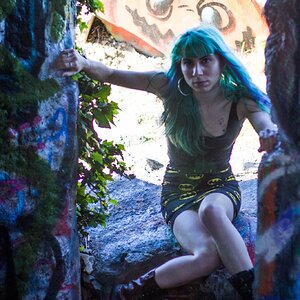
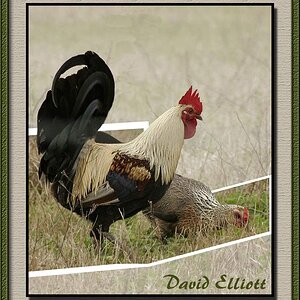

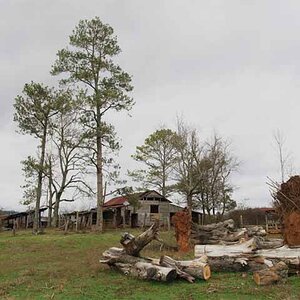
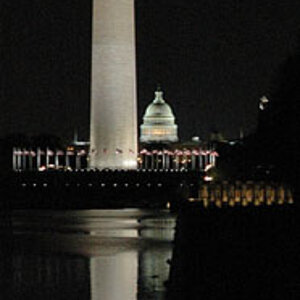
![[No title]](/data/xfmg/thumbnail/32/32939-0b23ff8a791c06732705126fb26845ea.jpg?1619735771)
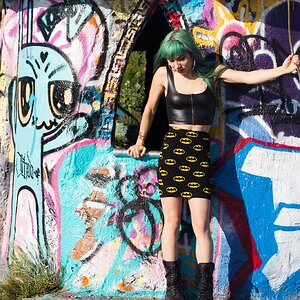

![[No title]](/data/xfmg/thumbnail/37/37532-7a6d436607118989fefaa0b2e7a81169.jpg?1619738131)
